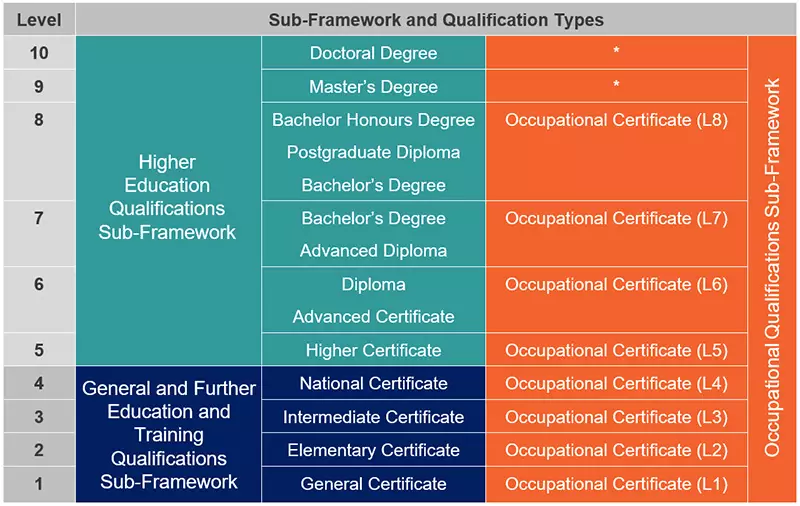Accreditation
- Accredited training is an outcomes-based learning programme aligned to the NQF registered unit standards and qualifications and approved by the relevant SETA or QCTO.
- NQF registered unit standards are in place to ensure that learning and assessments result in nationally recognised credits, and ultimately can result in the achievement of a formal qualification.
Pragma is an Accredited Training Service Provider through the merSETA and the Quality Council for Trades and Occupations (QCTO). It is also the first training organisation in South Africa to be accredited by the QCTO as a Skills Development Partner (SDP) for the Maintenance Planner Qualification. Our training materials are endorsed through SAAMA and learners can earn CPD points.
The National Qualifications Framework

National Qualifications Framework is a comprehensive system approved by the Minister for the classification, registration, publication and articulation of quality assured national qualifications.
Sub-framework means one of three coordinated qualifications sub-frameworks which make up the NQF as a single integrated system:
- The Higher Education Qualifications Sub-Framework: a qualification accredited by the Council of Higher education (CHE) and offered by a provider that is registered with the Department of Higher Education and Training (DHET)
- The General and Further Education and Training Sub-Framework: a qualification accredited by Umalusi and offered by a provider that is registered with the DHET or by the Head of the Provincial Department of Education.
- The Occupational Qualifications Sub-Framework: a qualification accredited by the Quality Council on Trades and Occupations (QCTO) and offered by institutions that accredited by the appropriate authority and registered with DHET (as required).